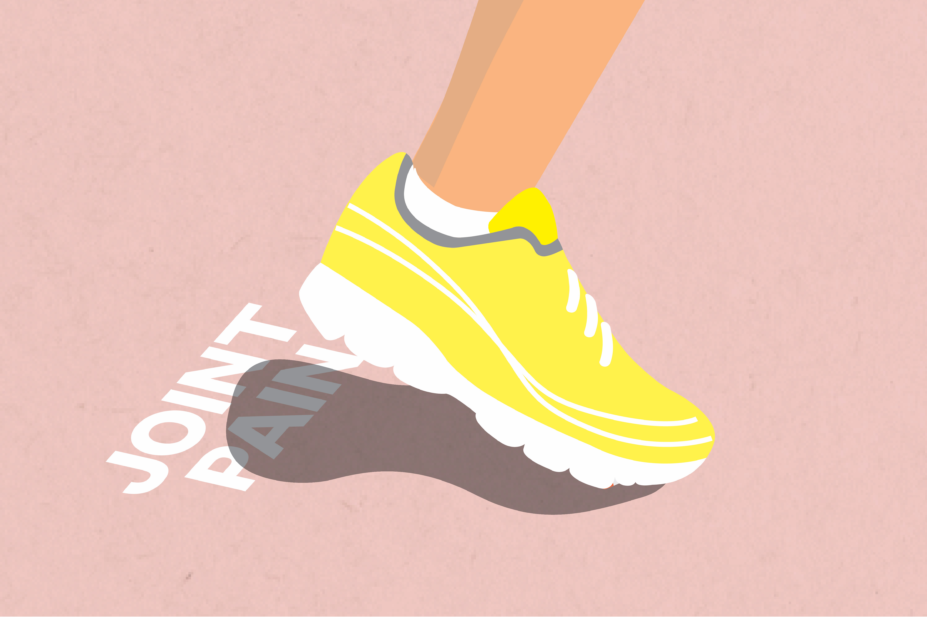
JL/The Pharmaceutical Journal
The convenience that community pharmacies provide the patients they serve means individuals are able to present and receive the necessary care for their conditions and ailments, seek advice and purchase a product that may provide some relief or support. This is especially true for aches and pains commonly experienced as part of the ageing process (see opinion article ‘Community pharmacy teams can provide greater support to patients presenting with joint pain, regardless of diagnosis’).
Osteoarthritis is the most common cause of mechanical joint pain. One in five adults experience problems with their joints from the age of 45 years and much can be done to improve their quality of life. As a result, The Pharmaceutical Journal partnered with GSK to devise an independent editorial campaign to identify and meet the learning needs of pharmacy team members within a community pharmacy setting to ultimately help improve patients’ quality of life.
As a first step, The Pharmaceutical Journal surveyed members of the Royal Pharmaceutical Society — our readers — to identify the scale of the issue and determine baseline knowledge and understanding. Of the 699 pharmacist respondents to the survey, around 40–50% of pharmacists reported interacting with up to five patients per week with joint pain or stiffness, while 10% of respondents said they manage more than 15 such patients each week. The survey also revealed that 51% (n=167) of respondents are unaware that the National Institute for Health and Care Excellence recommends topical non-steroidal anti-inflammatory drugs as part of first-line treatment for osteoarthritis, the most common cause of mechanical joint pain and/or stiffness.
The Pharmaceutical Journal presented the survey results to a group of relevant experts on musculoskeletal disorders, including rheumatologists, GPs, pharmacists, physiotherapists, a dietitian and a patient advocacy group representative, to determine the best way for pharmacists and their teams to provide support to patients while developing links with other healthcare professionals (see event report ‘Experts to develop referral pathway to aid joint pain management in community pharmacy’).
A clear consensus emerged — pharmacists are ideally placed to support patients with joint pain without the need for a clinical diagnosis, after ruling out a more serious underlying condition (see learning article ‘How to conduct an effective joint pain management consultation in community pharmacy’). We also produced a first-of-its-kind patient pathway that outlines how pharmacy teams should support patients in line with clinical guidance (see learning article ‘Appropriate community pharmacy management and referral of patients with chronic peripheral joint pain’).
The ageing process is not simply a matter of gradual wear and tear. Rather, our joints have a dynamic environment with repair an ongoing process kept in balance which, when tipped the wrong way, can result in pain experienced on a daily basis, making once enjoyable daily activities difficult to endure (see news feature ‘A joint effort – the pivotal role of pharmacists in joint pain management’).
There is clearly much the pharmacy team can do, from giving advice on diet and specific exercises to advising on topical gels to relieve pain, ultimately enabling patients to live fuller lives (see infographic ‘Joint pain: pathology and treatment’). Every pharmacy should adopt practical ways to support their pharmacy team members to perform this important work, including having standard operating procedures that outline the roles and responsibilities of each member of the pharmacy team (see opinion article ‘Pharmacy leaders must train and support teams to meet the needs of patients with joint pain’).
Much more should be done to engage with patients and help them manage joint pain conditions, especially in community pharmacy, and this campaign is an important and painless first step on that pathway.



